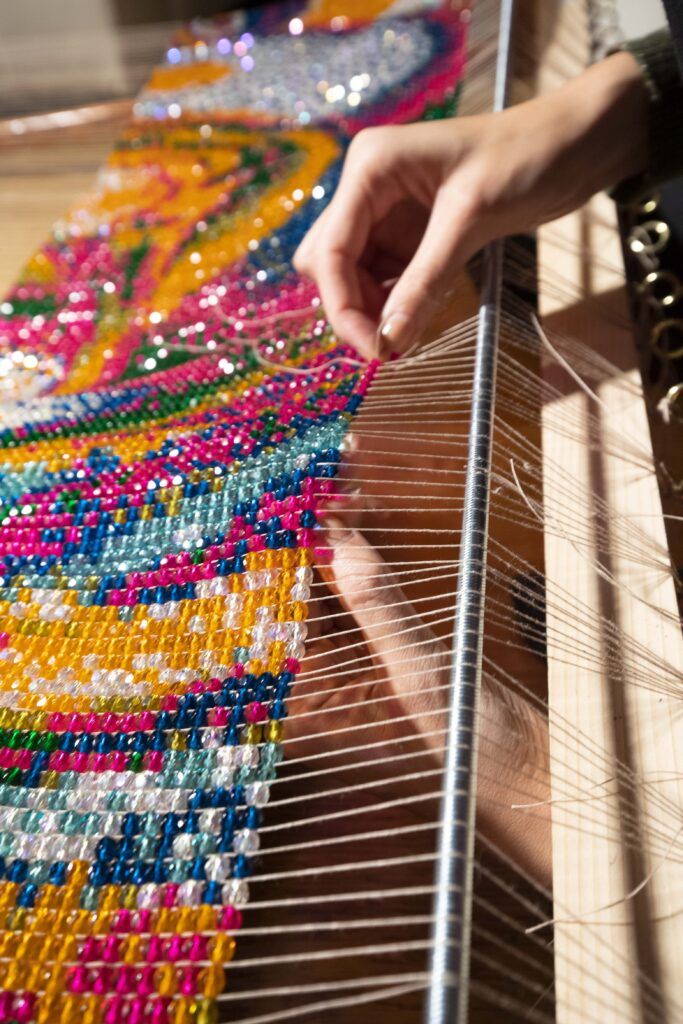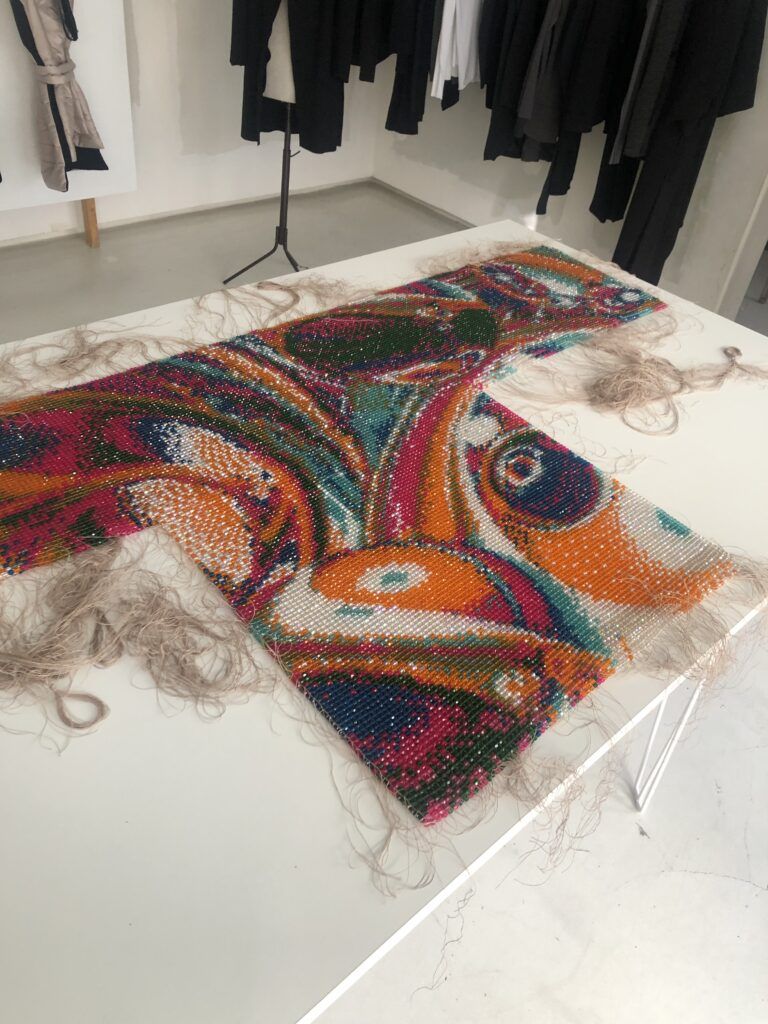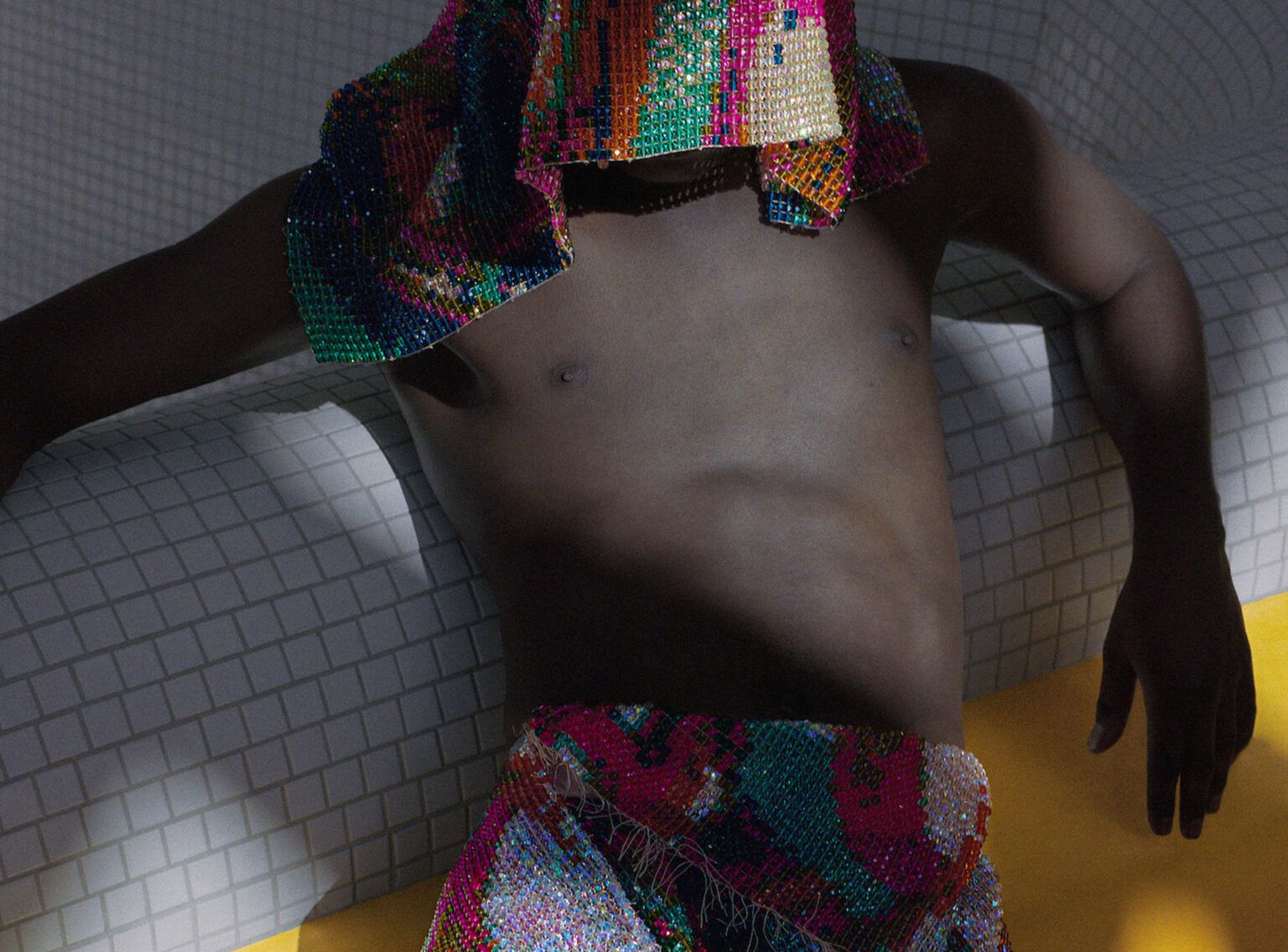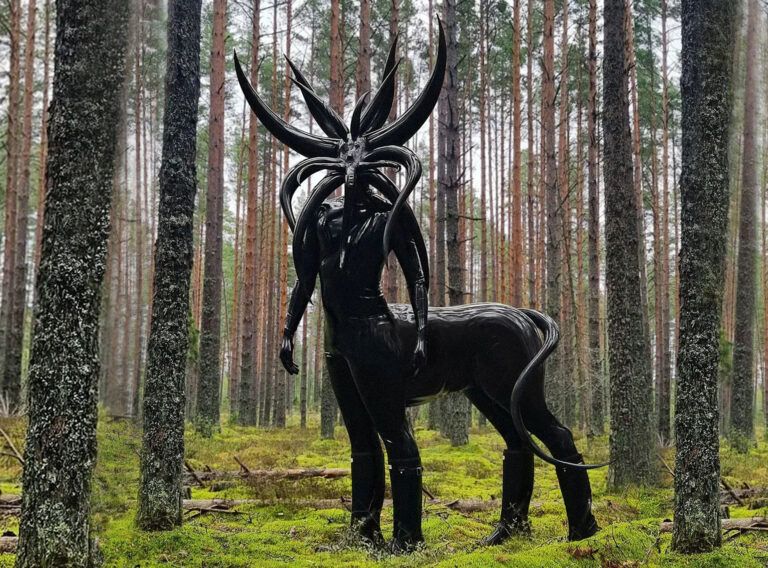Could you explain the process of how your diploma thesis came to be?
In my work, I focus on expanding and blurring the boundaries between graphic design and other craft or art disciplines, with an emphasis on the uniqueness of craftsmanship versus the digital world and reproducibility in graphic design. The main idea behind my work was to bridge the disciplines of graphic design and visual communication, fashion design and glassmaking, which I have studied at Umprum.
I divide my work into three levels as related to each discipline:
- Material = glass
- Form = clothing
- Motif = graphic design
With this work I wanted to draw attention to a Czech phenomenon – glass beads. The text of my diploma thesis was to shed light on the method I use, the history of glass bead production and the way I transfer graphics from digital to analogue. The key was to choose the right form of output. Since my internship in the Fashion Design Studio at Umprum, I have been intensively involved in the topic of the practical use of graphic design in the fashion and textile industries. Through the dead end of what was originally supposed to be a beaded poster, I came to the form of clothing. The overall production was very time consuming, as about 90,000 beads and about 2.5 kilometres of thread passed under my hands. The end result is a complete outfit woven from beads that straddles the line between garment and art object, and which draws on both historical forms and practices and local artisan production.
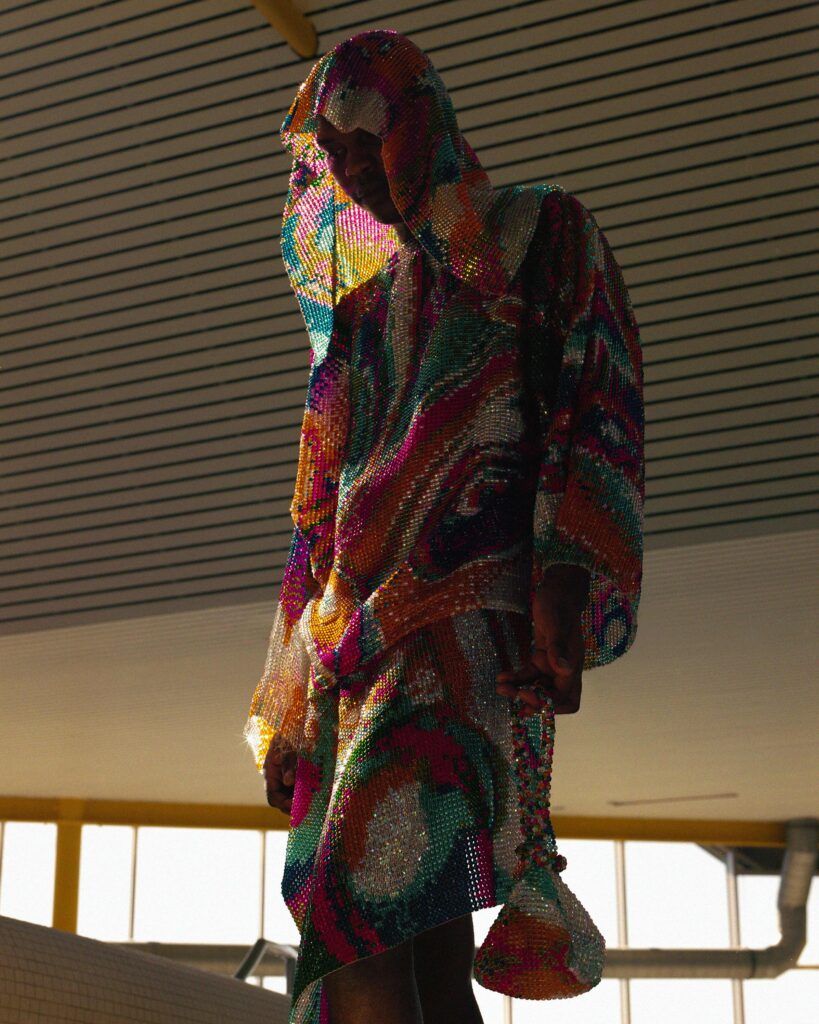
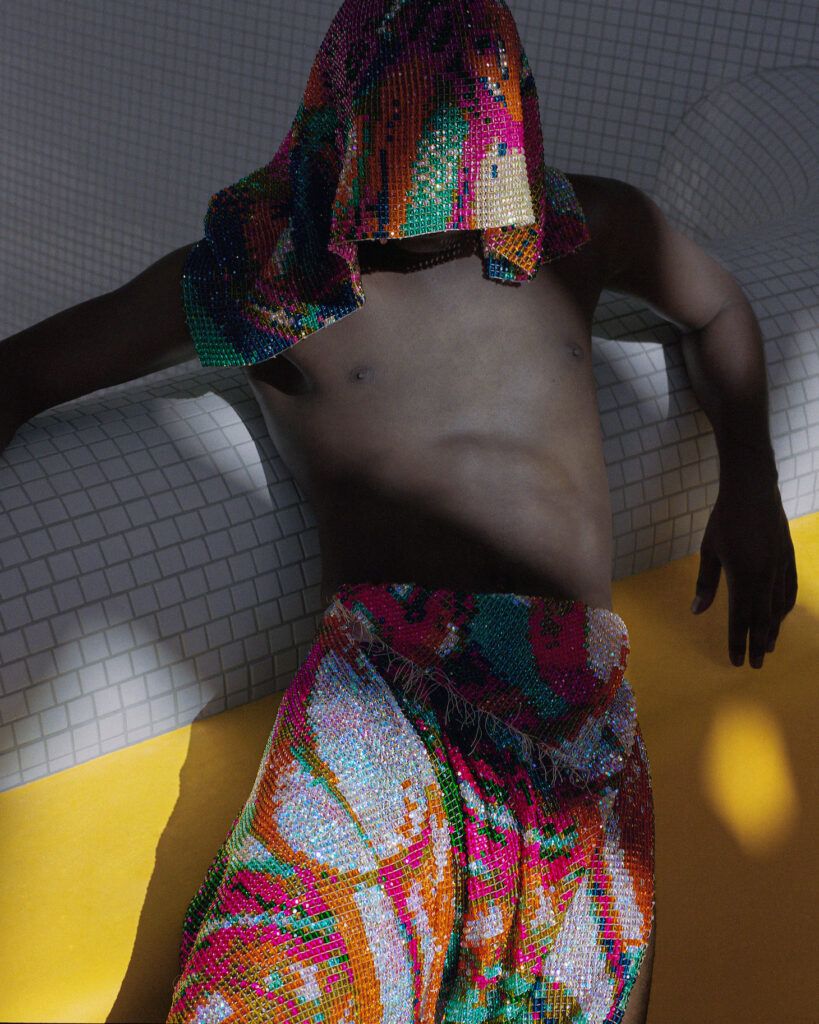
Do you plan to continue working within this framework and keep growing this project?
Yes, definitely. At the moment it’s a project that I enjoy and find fulfilling. After glass beads I plan to work with another local material. I don’t want to reveal which one yet 🙂 by combining these two materials I am now creating purchasable made-to-order pieces for my e-shop.
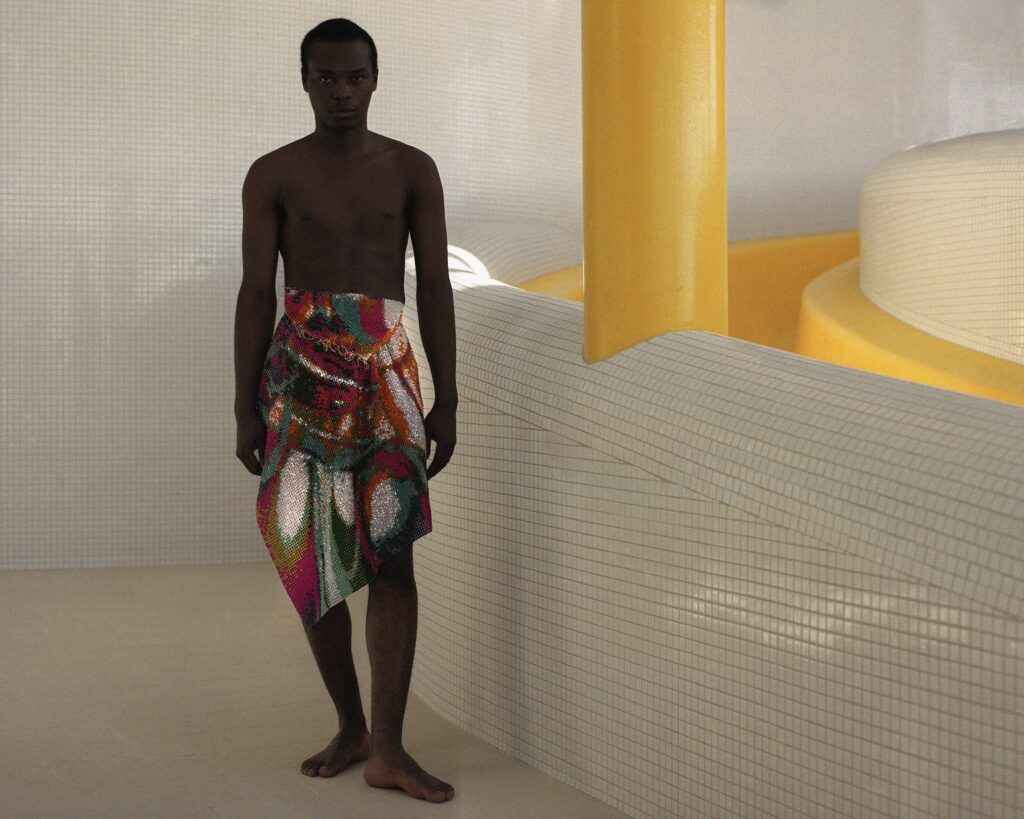
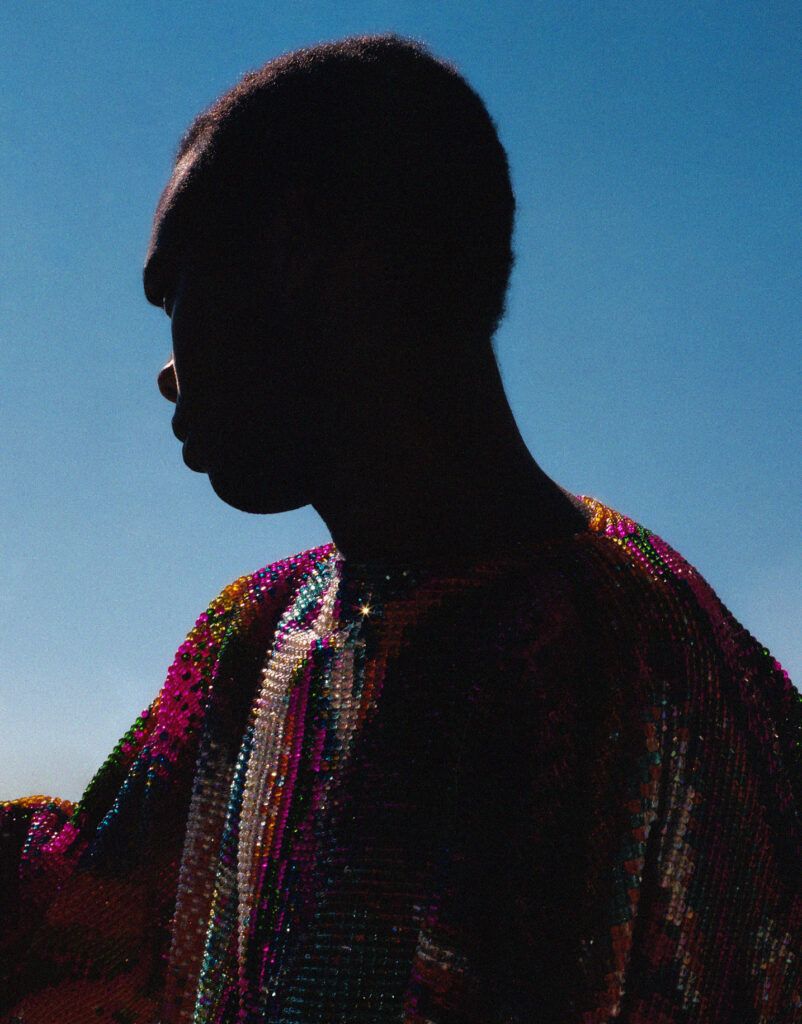
In your work, you focus on blurring the line between graphic design and other areas. Is there a project that you worked on in the past that was particularly important to you and why?
I have always enjoyed experimenting and trying to work with new technologies and materials. In my second year at Umprum, as a semester assignment we had to create a horror scene in virtual reality. This assignment was followed by an assignment to design a poster for our horror scene. I decided at the time to reconstruct the famous scene from the movie The Cremator into virtual reality. We filmed the interior scene as in the original by Juraj Herz in the Strašnice morgue, next to which there is a cemetery. This inspired me to make a poster in the style of a tombstone, so the poster had an overlap into the glass and engraving industry. It wasn’t an innovative idea, but I think this approach was crucial for me as I then thought about other assignments in a similar way, and I was also motivated to try other disciplines. So, I subsequently did two internships as part of my degree; the first was in a fashion design studio and the second was in a glassmaking studio.
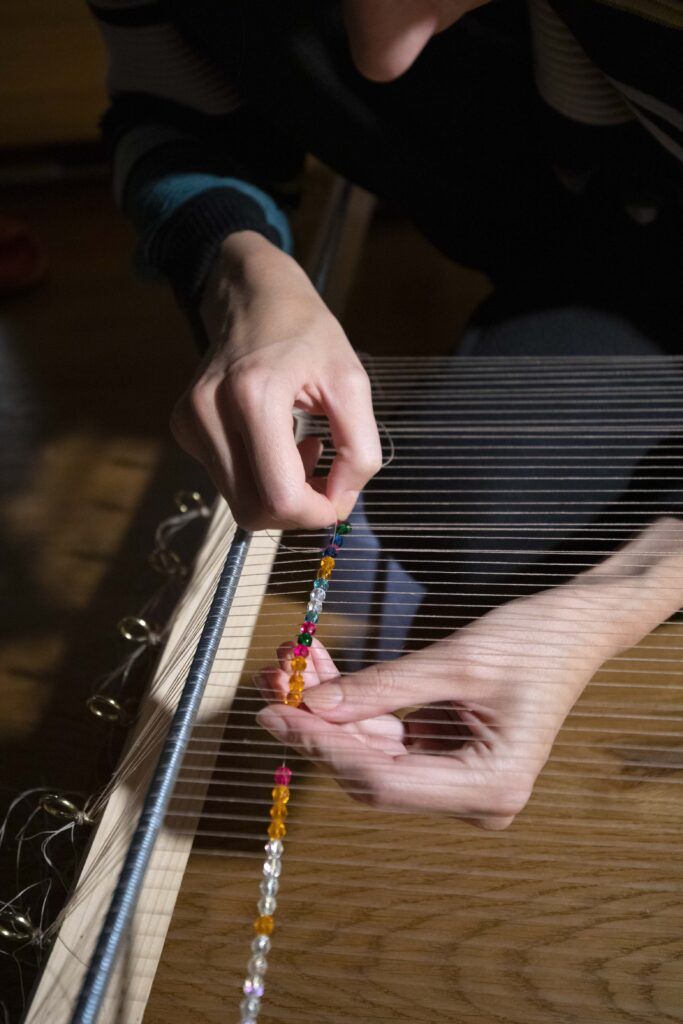
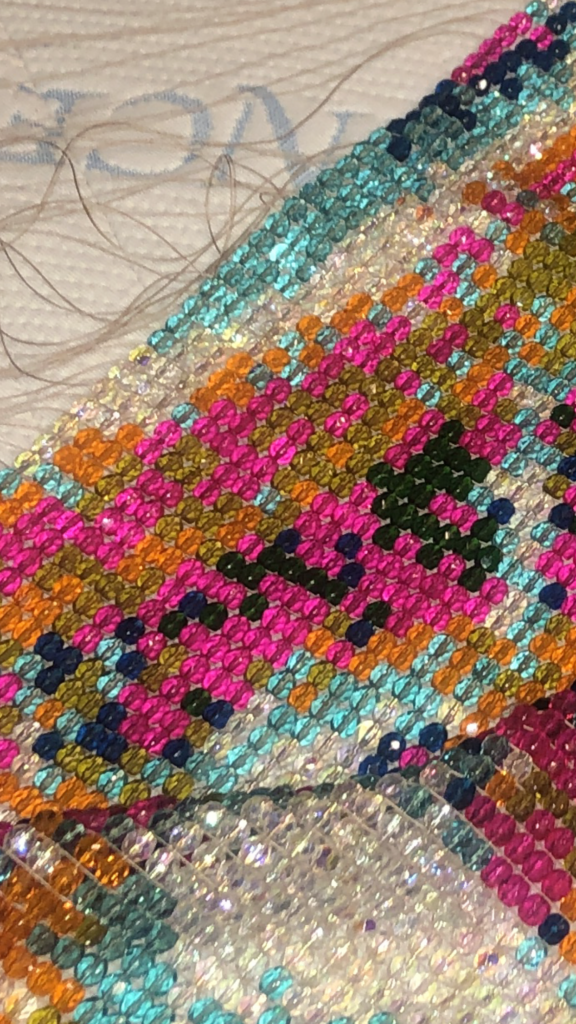

How did your family influence and support your plans to become a designer and start your own company?
My family always supported me in everything I wanted to do, for which I am very grateful. When I get passionate about something, they actively work with me on how to make it happen.
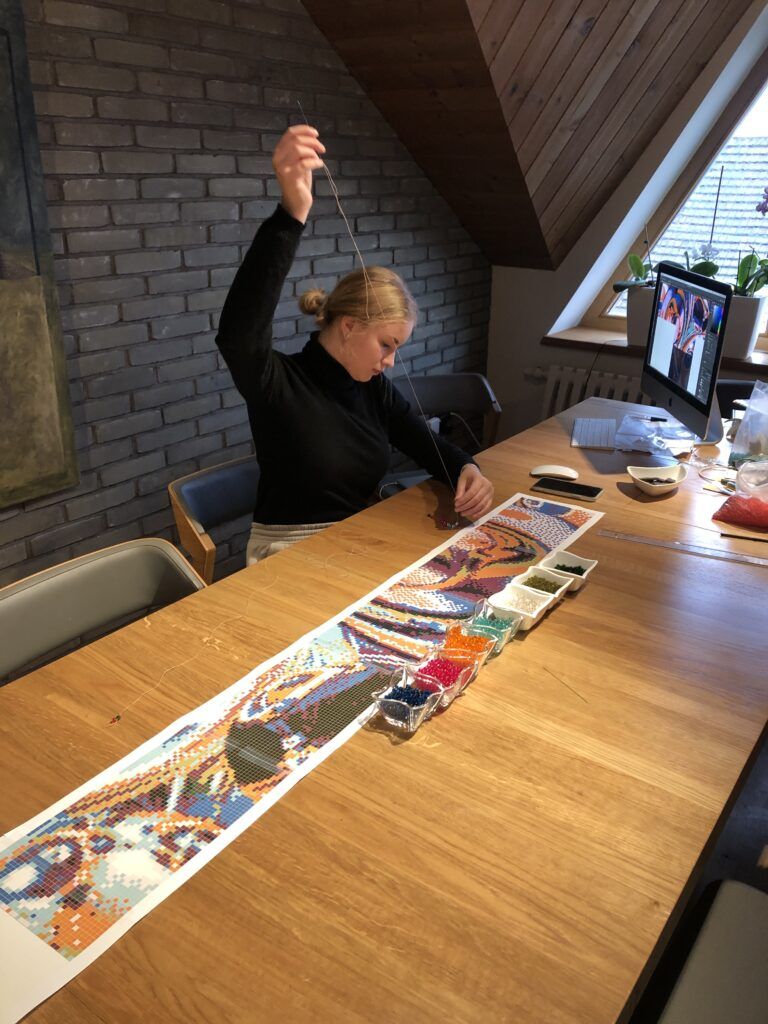
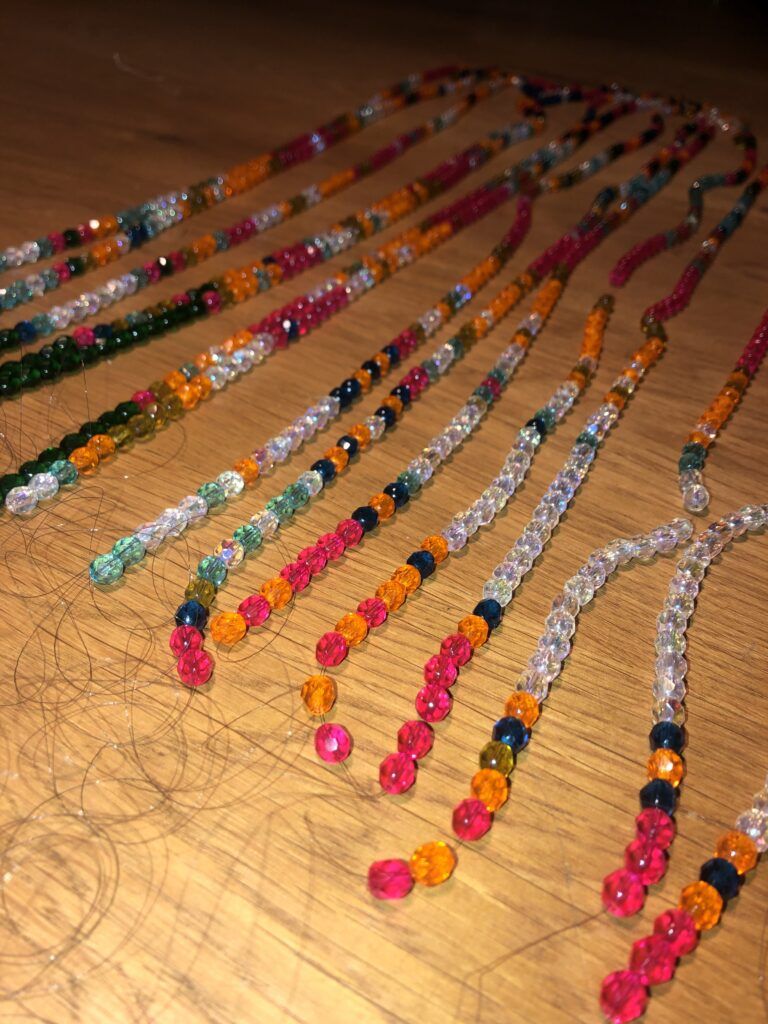
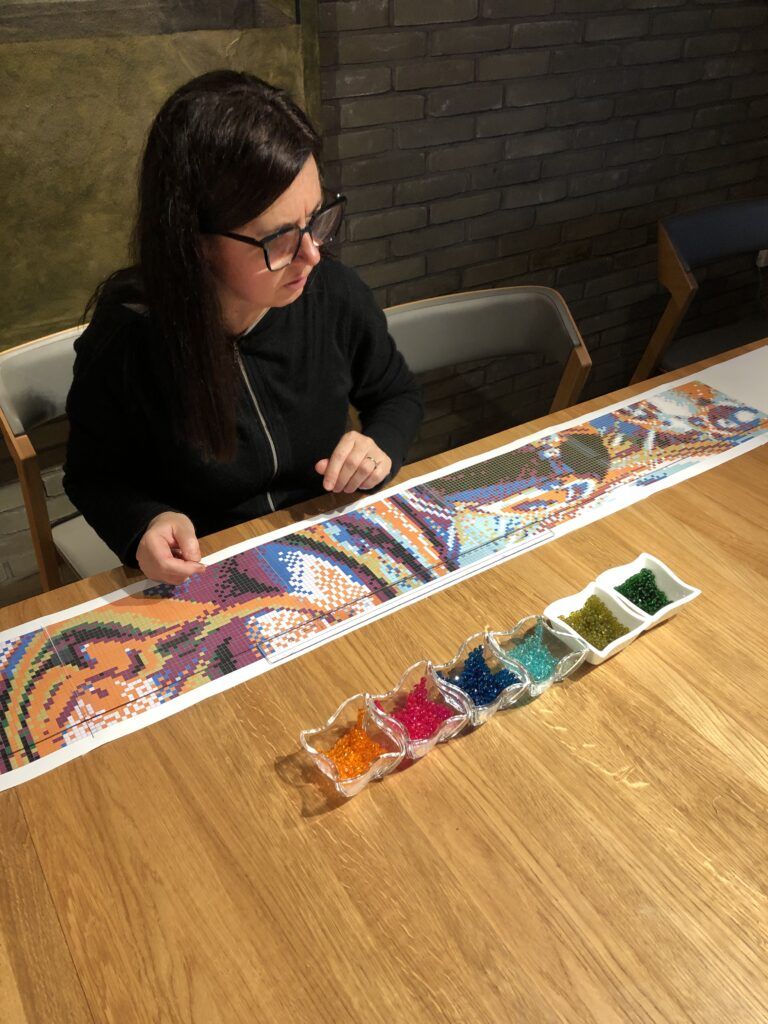
You often return to fashion design. What about this field was to you a pleasant surprise, and what disappointed you?
I come back to fashion mainly in the context of graphic design. I consider it as the bedrock of all the projects I work on, as it is the field in which I have acquired the highest education and years of experience. I enjoy creating projects where these disciplines intersect. In fashion, I see positively primarily the current tendency to create products locally and sustainably. A negative I see is the pressure on fashion designers. If a fashion designer wants to be successful they have to literally create a gesamtkunstwerk. By that I mean that it is impossible to succeed with good design alone. You have to be very organizational and pay attention to every detail. From the design and choice of materials all the way to the music choices, photographer, location, makeup artist… Which can be difficult for one person if they don’t have the ability to pay assistants from the outset. So I feel the constant frustration of not having enough time and feeling the need to split into several people…
Last question: What are you working on right now?
In the last few months I started to feel exhausted from creating custom graphics. So at the moment I’m trying to devote my time primarily to my Cindy K project. I am designing a new website with an eshop, packaking and everything related to sales. I’m glad that my field is primarily graphics and that I can get all of these things done on my own. I don’t dismiss graphic work for clients though, they just limit it quite a bit and I’m more selective about what I want to spend my time on and what is meaningful to me. In terms of graphic commissions, just last month we won a contest for our graphic design studio Permanent Office to create a unified visual style for SFÉRA. It is a central polytechnic workshop in Pardubice. We are now preparing the graphic design for the handover process. This is a project that is close to my heart, as I am from Pardubice and as it is a new building by Architect Jan Šépka, located in the centre of Pardubice within the National Cultural Monument of the Automatic Mills by Gočár.
